
by DAVID FLINT – WITH a YouGov poll showing 46 per cent will vote Yes and 30 per cent No in the Voice referendum, experience suggests defeat is likely. That will be a good thing.
Of course, the elites won’t be happy. They’re always criticising Australians for not passing referendums designed by their obvious superiors. If this one fails, they won’t be able to show their faces at Davos.
- The proposed Voice will be a second one for those eligible. Other Australians will only have one voice.
- Human rights should never be based on race.
- The Voice will result in many more politicians. That won’t help anyone.
The way to ensure more successful referendums is to allow, say, two States or five per cent of electors to initiate a referendum too. That would improve the quality of referendums.
At this point, to head off the usual suspects, I have to stress that I am no racist. How could I be?
WHITE
When, over a century ago, my grandparents came from what is now Indonesia to buy a farm here, to comply with the White Australia Policy they were given an English dictation test which even their infants passed with flying colours.
Following the principle “never whinge and never cringe”, none of us ever did, even while lapping up the nation’s leading magazine published under the banner “Australia for the White Man”.
When I was a young man, I couldn’t do those wonderful things politicians, executives, and other elites now regularly do for the indigenous cause – attending “Welcome to Country” ceremonies, flying an indigenous flag, lending credence to what some say is the fabrication of Aboriginal history and throwing other peoples’ money, taxpayers’ and shareholders’, into the Yes case.
Rather than all this, I could only volunteer to work with the then non-profit Aboriginal Legal Service founded by a future judge, Hal Wootten.
Then, years later, when I was to move the vote of thanks to Prime Minister Tony Abbott for delivering Australians for Constitutional Monarchy’s (ACM) Neville Bonner Oration, I was surprised when he called on us, as the “fiercest defenders of the constitution”, to support indigenous constitutional recognition.
I suggested that the Australian people be involved, not just in the vote at the end, but from the very beginning. This, I said, could be done by holding a long-overdue people’s convention reviewing, for the first time, our more than one-century-old constitution.
OUTRAGE
So ACM made a submission along these lines to the 2015 Parliamentary Committee on Indigenous Recognition. The main comment at the hearing, I recall, was one MP’s outrage at our proposal that delegates not be paid.
At that time the prevailing view was that indigenous recognition could be achieved by several confusing and to an extent contradictory changes to the constitution. It would never have passed a referendum.
When reality prevailed and it was dropped, to our surprise, ACM’s idea of a convention took off. But not one representing all Australians. Just an indigenous one at Uluru.
Returning to the Voice referendum, as detailed in an earlier column, Prime Minister Anthony Albanese has introduced legislation to suspend, and probably abolish, the Yes/No booklet, and for no good reason.
This is an attack not only on a unique Australian institution setting out the precise case “for and against” for a proposed change, one created over a century ago by a Labor government.
It is also an attack on an informed citizenry, on representative government, and on responsible backbenchers from all Parties, as well as independents, whose role it would be to approve it.
As mentioned here, evidence put to parliamentary committees since the last referendum indicates that, despite academic complaints, the Yes/No booklet is in fact widely read and discussed.
When I was invited to do the first draft of the Republic referendum’s No case in 1999, I decided on a ten-point case using all the 2000 words allocated. If I were to do one for the Voice referendum, this is a brief outline of the points I would make:
- MYTH. The claim the constitution is a racist document in drastic need of reform is based entirely on myth.
- RACE. Human rights should never be based on race.
- SECOND VOICE. The proposed Voice will be a second one for those eligible. Other Australians will only have one voice.
- INDIGENOUS. Being indigenous has been allowed to become a matter of choice. People claiming they are indigenous, when they are not, is an increasing problem denounced by indigenous leaders.
- ALREADY HELPING. With 49.3 per cent of the Australian continent already subject to native title, this will definitely rise to at least 62.7 per cent. This is recognition indeed. Just the fact that people pretend to be indigenous must mean, surely, that their fellow Australians are doing many things to help indigenous people, such as priority in universities. Constitutional change is not necessary for this to continue.
- GOVERNMENT SHOULD LISTEN. That government was embarrassed into restoring some version of the alcohol ban it removed, against indigenous leaders’ advice, shows the Voice is not needed. Government should just listen and show some common-sense.
- MMP. New Zealanders joke that the acronym for the current NZ electoral system, MMP, actually stands for Many More Politicians. That’s what the Voice will be, many more politicians. That won’t help anyone.
- REAL PROBLEMS. The Voice won’t solve the real and serious problems Aboriginal people face, including high rates of violence and sexual abuse, especially against women and children and the breakdown of law and order. That should have been solved yesterday.
- BLANK CHEQUE. This will be a blank cheque for activist judges, who’ll have the final say. As in the past, we’ll probably be surprised and regretful. Proponents claim the Voice is non-justiciable, or immune from such judicial interpretation. But as Justice Callinan points out, the question whether it is justiciable is itself justiciable. In other words, only judges can decide whether they’re barred from deciding this.
- BREAK-UP OF AUSTRALIA. Some scholars warn the Voice is but a next stage in the break-up of Australia, involving claims of sovereignty and a separate State or States and relations governed by treaties.PC


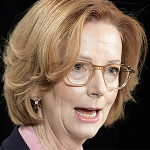
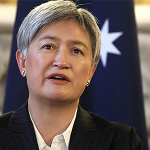
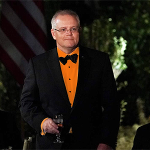
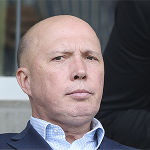

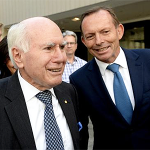
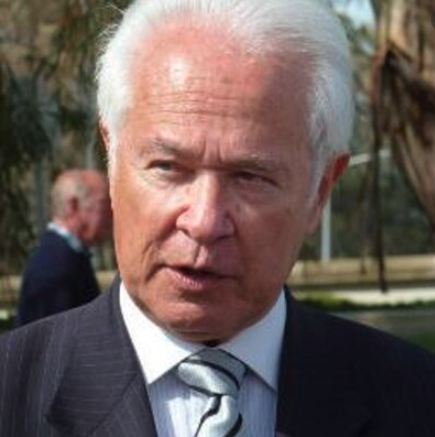

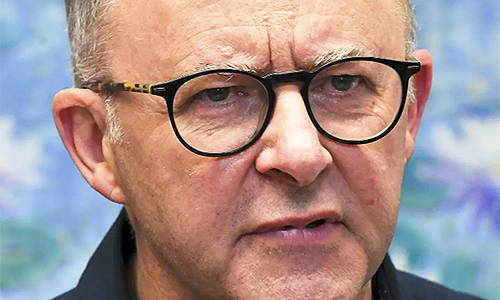


forget the Constitution ,put the “voice” into Parliament ASAP. In this way all Australians can watch it work as has been the suggested outcome. If it works as has been suggested, the aborigine plight from the Cape to Redfern will be remedied – then we can get on with “truth” telling (both sides) and “treaty” (both sides) and finally give the country back to the Aborigines which appears to be the underlying plan.
Before the Hawke Labor Government established (legislated) Aboriginal & Torres Strait Islander Commission Coalition MP John Howard commented;
“John Howard, speaking in the House in 1989, stated: If the Government wants to divide Australian against Australian, if it wants to create a black nation within the Australian nation, it should go ahead with [ATSIC]. In the process it will be doing a monumental disservice to the Australian community. If there is one thing above everything else, that we in this Parliament should regard as our sacred and absolute duty, it is the preservation of the unity of the Australian people. The ATSIC legislation strikes at the heart of the unity of the Australian people. In the name of righting the wrongs done against Aboriginal people, the legislation adopts the misguided notion of believing that if one creates a parliament within the Australian community for Aboriginal people, one will solve and meet all of those problems.”
During 2017 Prime Minister Malcolm Turnbull said; “To have a national representative assembly… which would be in the Constitution. And to which only Aboriginal and Torres Strait Islanders could be elected, is contrary to the principles of equality of citizenship in Australia and it would inevitably be seen as a ‘third chamber’.”